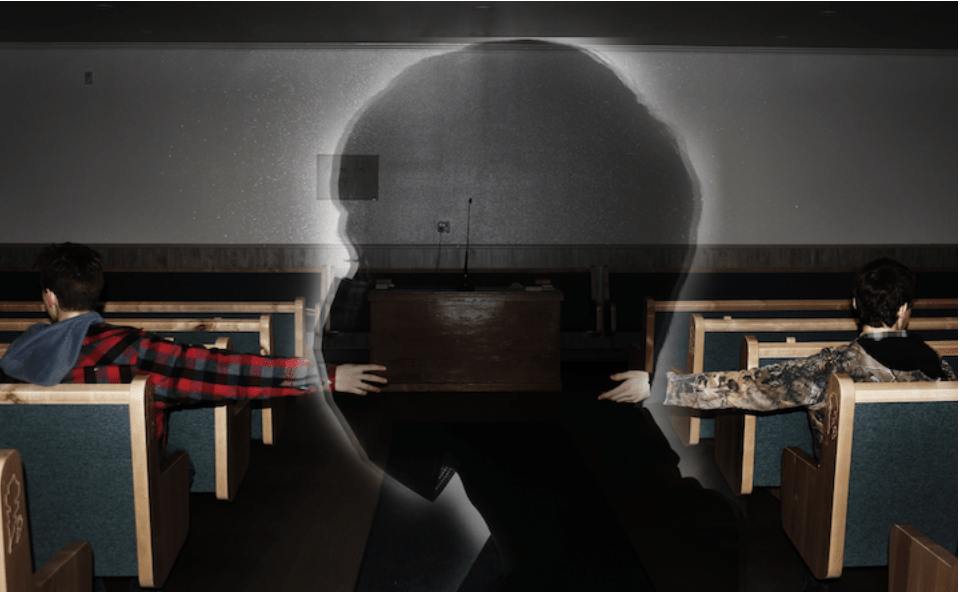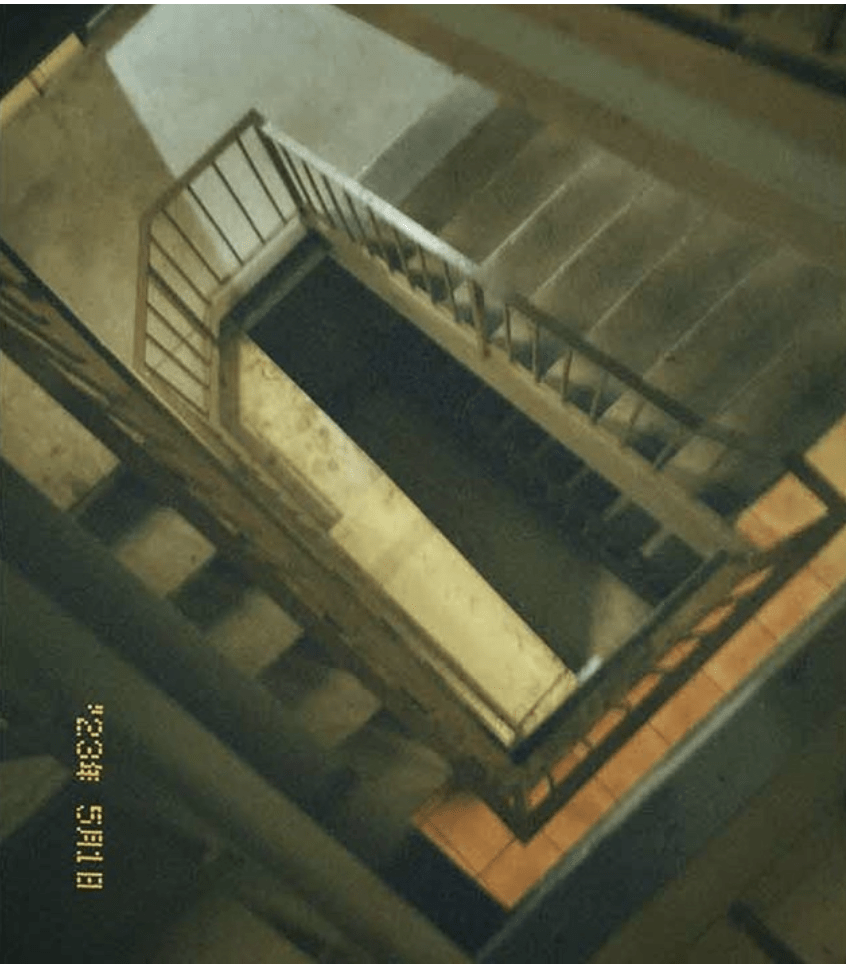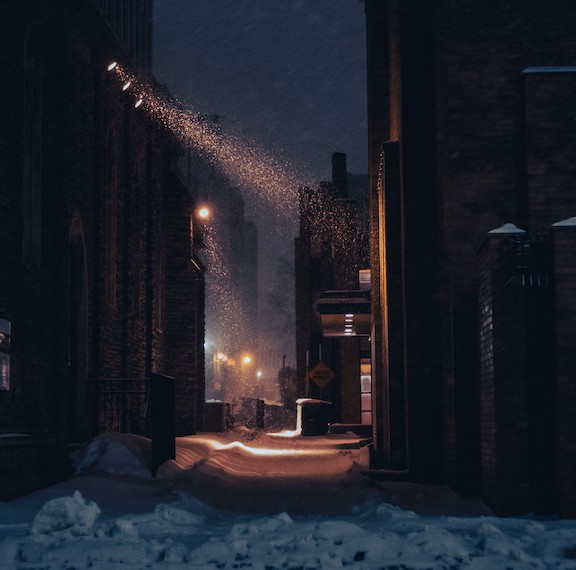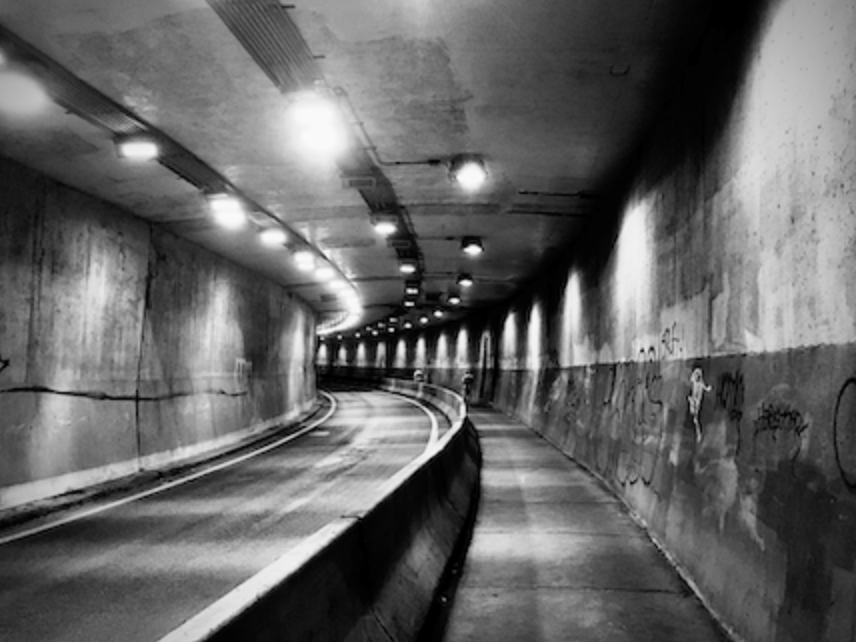By Diana Weggler
It’s not easy being a young person in today’s world; never mind being a young person living with mental health and/or substance use challenges. Add to that the COVID-19 pandemic and conflicting messages about vaccines, and a young person could easily find themself adrift in a sea of uncertainty. In 2021, it was precisely this scenario that inspired the photovoice project, “Picture it! Youth Perspectives on the COVID-19 Vaccine.”
Assisted by a grant from the Canadian Institutes of Health Research, a project team comprising youth with lived experience, a youth advisory board, and a lived experience photographer, together with a scientific lead, created a safe space for 27 Canadian youth to reflect on their COVID-19 vaccine experiences, while fostering and building their skills as photographers. Operating out of the Centre for Addiction and Mental Health, the project aimed to understand the youths’ views on the COVID-19 vaccine and empower them to make informed choices about their health.
The project team held three series of seven workshops – which included such topics as photovoice ethics, photography techniques, photo editing, annotating, and preparing to share photography – followed by six focus groups. They also worked together with youth to design an online gallery show, a photography book for participants, social media campaigns, and a gallery website.
According to youth lead Shelby McKee, the project achieved its goal of understanding youths’ views on the vaccine and empowering them to make informed decisions about their health.
“Participants discussed how having the space to think and reflect on their decisions regarding the vaccine allowed them to gain new perspectives,” McKee says.
One theme that surfaced was the pressure and uncertainty youths were feeling about social isolation and divisive opinions regarding vaccines, as expressed in this photo and narrative by participant Kaylee titled, “We are different:”
“In the midst of COVID, my community was divided into two opposing sides. Masked vaxxers, and anti-vax conspiracy theorists. To exist in these harsh times, when one’s community is broken, is a difficult thing. Lack of proper communication leads to mistrust and harsh words. I felt alone and isolated as I attempted to make sense of what was happening. Church was closed, communal meals were discontinued, and masks were worn everywhere, hiding familiar faces. This photo represents the two sides trying to reach each other, yet failing, and how I, as a vaccinated person in a mask, felt during those confusing times.”

Several youth’s narratives expressed the fear and confusion caused by all the mixed messages about vaccines, including this one by Victoria, titled, “Fallen.” In it she compares her feelings to falling down a spiraling stairwell.

“I was so confused on what to do with the new Covid vaccines because of how many different opinions were thrown at me. Ideas from online, from my family, friends, etc. The choice to get or to not get the vaccine made me feel lost- like I’ve fallen down an infinite loop and couldn’t see the end result.”
Not all the project’s photos portrayed negative emotions, however. Many were positive, such as this one by Matthew, in which he uses light to express hope in the face of difficult circumstances:

“In the photo, the beams from the streetlights cut through the darkness, symbolizing the idea that there can always be light no matter how dark the night gets. In that sense, the streetlights serve as a metaphor for the vaccine, symbolizing the hope and optimism that comes with receiving it. Overall, I took these photos to convey the idea that getting the vaccine represented a step toward having the pandemic over with.”
Conversely, in her photo, “Light at the End of the Tunnel,” Lulu uses light and darkness juxtaposed as a way to express her frustration with the ever-changing COVID environment, comparing it to the rapid interplay of light and shadow in a tunnel:

“It’s going to be okay!” “We can already see the light at the end of the tunnel!” These are phrases that are being used and reused hundreds of thousands of times during the pandemic. Over time, this empty and capricious encouragement erodes our faith in them and our hope. Quarantine, masks, school closures, school reopenings, hybrid mode (which makes no sense since one day we are at school and then the other we are at home, and it does not help at all to limit the transmission of the virus), etc., we are exasperated by the rapid and unreasonable alternation of light and shadow, as in a tunnel. Some say the vaccine is the light at the end of the tunnel: how do we know it’s [not] just another false hope?
Sean Patenaude, a lived experience photographer who served as one of the project supporters, was pleasantly surprised by the amount of visual literacy the youth brought with them to the project, going so far as to call their visual communication “eloquent.”
“[The youth] have grown up steeped in this firehose of images. They’ve never known media without it,” Patenaude says. “Because of that, their shots are color graded and cinematic. Even if they don’t know these terms, they just [naturally] think that way.”
Patenaude also reflected on what he feels is the project’s most enduring outcome.
“The participants are now carrying around an entirely new toolset and a way of examining ideas at a time when an examination of ideas is discouraged,” he says. “I think anything that … promotes that kind of critical observation and reflection is amazing for people to have.”
Dr. Lisa Hawke, the scientific lead, summed up her thoughts about the project by highlighting the value inherent in trusting youth with leadership responsibilities.
“As a scientist, to me the most important and meaningful part of the project was the youth leadership,” Hawke says. “It is important to trust the youth to do the work. We can provide a light hand of guidance, but give them the freedom to lead. Youth can and will do amazing things if you give them the space to do it.”
